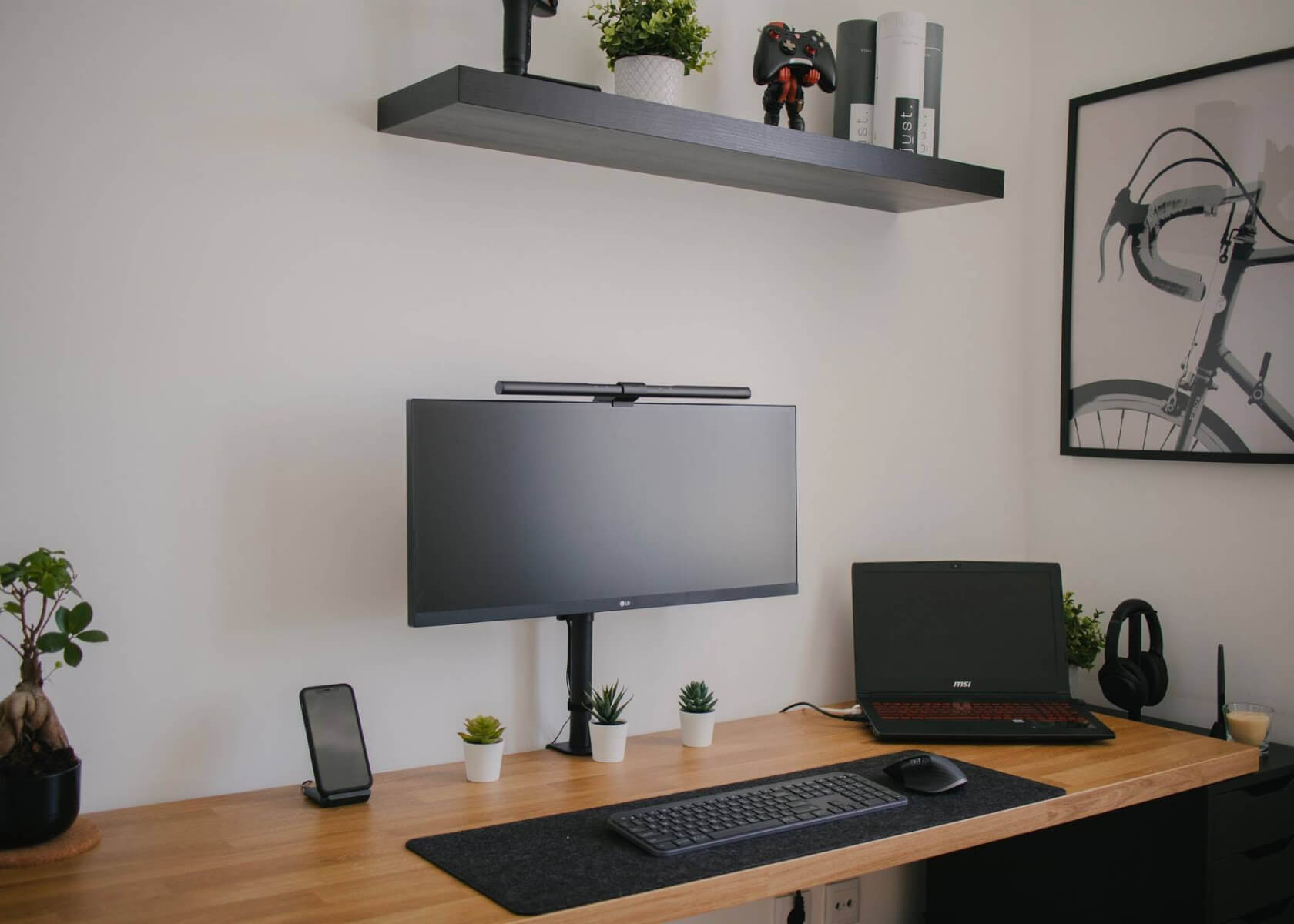Design a Social Media Content Calendar using Notion for Consistent and Engaging Content Delivery

New to Notion?
How to Design a Social Media Content Calendar Using Notion
In today's digital age, social media is a vital tool for businesses to connect with their audience and build brand awareness. However, managing multiple social media platforms and consistently delivering engaging content can be challenging. A social media content calendar helps you organize and plan your social media posts, ensuring a consistent and effective content strategy. Notion, a versatile productivity tool, provides a powerful platform for designing and managing your social media content calendar. In this article, we will explore how you can create a social media content calendar using Notion to schedule, plan, and organize your posts.
Why Use Notion?
Notion is a flexible and customizable workspace that combines note-taking, task management, and database functionalities in one platform. Its simple and intuitive interface makes it easy to create and manage various types of content – including your social media content calendar. With Notion, you can visualize your calendar, collaborate with team members, and integrate other useful tools seamlessly. Additionally, recent updates such as enhanced calendar views, improved database properties, and native integrations (e.g., with Slack and Google Calendar) help you streamline your workflow even further. Notion empowers you to design a dynamic and adaptable content calendar that fits your unique needs.
Creating Your Social Media Content Calendar in Notion
Step 1: Set Up Your Workspace
Begin by creating a new workspace in Notion dedicated to your social media content calendar. You can start with a blank page or choose a pre-made template from Notion’s template gallery. Name your workspace something like Social Media Content Calendar and include any relevant tags or categories you plan to track. This organization lays the foundation for a productive planning environment.
Step 2: Create a Monthly Overview
Once your workspace is set up, design your content calendar by creating a monthly overview page for each month of the year. This page will serve as an at-a-glance view of your planned content. Use Notion's calendar view to map out posting dates visually. You may also add a table or Kanban board view if you wish to track additional details about each day's posts, such as status, post type, or platform.
Step 3: Plan Your Content
Now dive into the details by planning content for each day:
- Create a new page for every social media post.
- Give each page a descriptive title that includes the platform (e.g., Instagram, Twitter) and the scheduled post date.
- Within each page, add details like post content, images or videos, hashtags, and relevant links such as those on Visuals or Links.
To add flexibility, consider setting up a Notion database to track key elements—post date, time of publishing, target audience, engagement metrics, and more. Notion’s improved filtering, sorting, and grouping features now make it easier to analyze content performance and make data-driven decisions.
Step 4: Organize Your Content
Effective organization is key as your calendar grows. Leverage Notion's powerful database features to categorize posts by topic, campaign, or other criteria. Create different views for your database:
- A Gallery view to showcase visual content.
- A Table view for sorting by date, platform, or engagement level.
Enhance your organization by assigning tags or labels to each post. This practice allows you to quickly filter and locate specific content, making content management more efficient.
Step 5: Collaborate and Share
Notion is built for collaboration. Invite team members to join your workspace and work together on the content calendar. Use Notion’s commenting and @mention features to discuss ideas, provide feedback, and ensure everyone stays aligned with the content plan and schedule.
When you need to share your content calendar with clients or stakeholders, you can:
- Generate a public link for view-only access, or
- Export your calendar as a PDF.
This flexibility ensures that everyone involved can stay informed and provide timely feedback without needing full editing access.
Step 6: Automate Routine Tasks
Save time and improve efficiency by automating routine tasks:
- Integrate third-party tools such as Zapier or Integromat to automatically update your calendar.
- Connect RSS feeds so blog post ideas and other content automatically appear on your calendar.
- Use Notion’s improved integrations to set up notifications for upcoming posts or deadlines.
By automating repetitive tasks, you can focus more on creating high-quality content and engaging with your audience.
Conclusion
Designing a social media content calendar in Notion offers a centralized, effective way to schedule, plan, and manage your social media posts. By following these steps, you can create a visual, customizable, and collaborative calendar that ensures consistent content delivery. Notion’s robust features and seamless integrations empower you to streamline your social media management, ultimately freeing you to focus on building your brand and connecting with your audience. Explore Notion today and take control of your social media content strategy.


